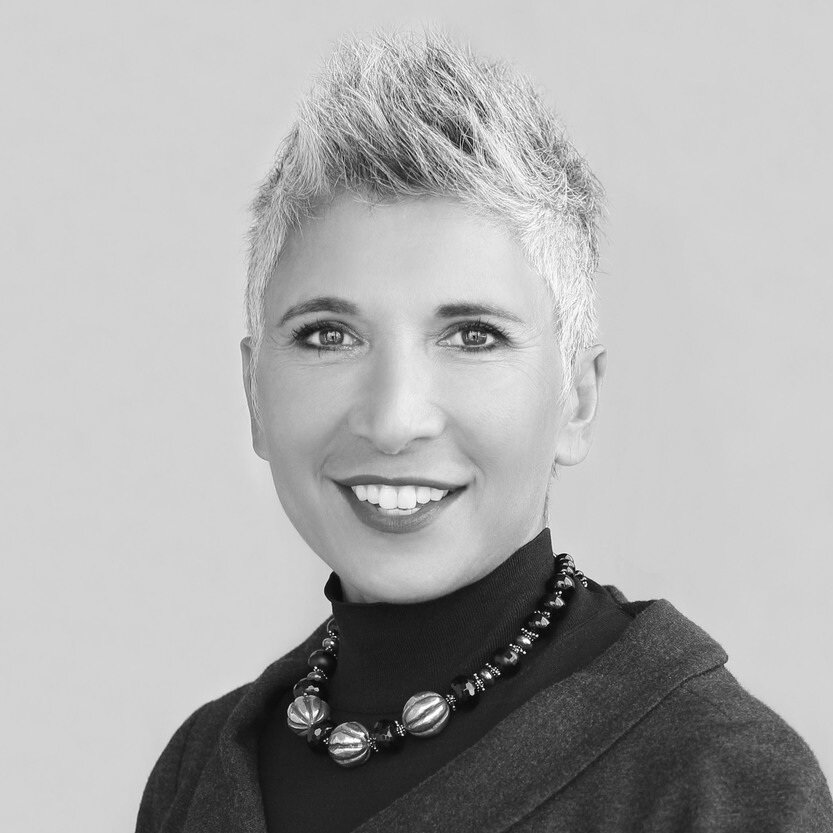I attended a conference recently at which Jim Rogers, CEO of Duke Energy, spoke. Jim is a bit of a radical. He talks about energy efficiency and supporting low carbon technologies – things that sound like heresy coming from one of the US’s greatest greenhouse gas emitters.
But Mr. Rogers anchors his perspective in “cathedral thinking” – a long-term approach to strategic planning that requires setting goals and implementing plans for projects that you may never see to the end (as was the case for the visionaries and builders who helped construct Medieval cathedrals). It’s an odd perspective from someone in an industry under constant pressure to post strong quarterly profits.
But Mr. Rogers does fit the profile of someone I would expect to take the long view. He is not a young man (note that I did not say he is “old”): he was born in 1947, making him about 65 at the time of writing. He’s been Duke’s CEO since 2006 but has been a CEO in the electric utility industry for over 20 years.
So, what do age and tenure have to do with Rogers’ long term thinking? A lot, it turns out.
My colleagues Natalia Ortiz and Alberto Aragon-Correa from the University of Granada (Spain) and I have analyzed CEO age and investments in low carbon technologies by U.S. electric utilities. We found that older, longer-tenured CEOs are more likely to make sustainability investments than younger, newer CEOs.
But why are older CEOs more likely to invest in sustainability? We propose it’s because of their perspective on time.
Building on the ideas of Philip Zimbardo, author of The Time Paradox, we argue that older CEOs have more of a future perspective – a wider view of time that is anchored in the future. Mr. Rogers isn’t thinking about how much coal is in the ground today; he’s talking about the retirement of his coal plants in the future. He exhibits the “grandfather effect”, worrying less about his own current lifestyle and more about the legacy he is leaving for his grandchildren.
With the average tenure of CEOs dropping from eight years in 1979 to four years in 2004, the implications are troubling. CEOs are under greater pressure to meet short-term results in order to keep their job. Business headlines are littered with the stories of CEOs who have been fired for failing to meet a single quarter’s financial targets.
With performance expectations so high and the returns taking so long to accrue, long-term investments in low carbon technologies will be increasingly difficult to justify.
It comes as no surprise that “sustainability” takes time. The challenge will be fostering the leaders and developing the corporate performance metrics that recognize that reality.
It’s true – good things come with age!



Add a Comment
This site uses User Verification plugin to reduce spam. See how your comment data is processed.This site uses User Verification plugin to reduce spam. See how your comment data is processed.